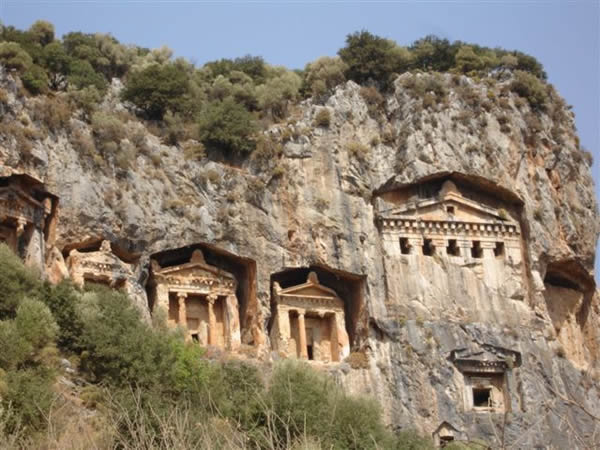With energy, Senate Democrats find themselves between a rock and two hard places. Nonetheless, Sen. John Kerry, D-Mass., and Sen. Joe Lieberman, I-Conn., have introduced their climate and energy bill.
Its timing is awful. Its fate is uncertain. Yet its sponsors felt it had to be done now.
While the Gulf of Mexico is being damaged by a runaway well, spewing millions of gallons of oil-like bile from hell, any energy bill has the chance that it will be amended to become an anti-energy bill and will fail when hoped-for Republican support evaporates.
At present there is fairly wide industry support for the Kerry-Lieberman bill, particularly from the electric utility industry. Leaders of the industry and its affiliated groups, like the Nuclear Energy Institute, were in on the writing of the bill. Tom Kuhn, president of the Edison Electric Institute, and Jim Rogers, president of Duke Energy, stood shoulder to shoulder with Kerry and Lieberman when they announced their bill.
The three pressure sources driving the bill are:
•The November elections and the desire of endangered Democrats to show that they have done something about climate change and have tackled long-term energy problems.
•The Environmental Protection Agency plans to start regulating carbon dioxide as a pollutant next year, if Congress does not act.
•The environmental disaster in the Gulf, and its effect on public attitudes to energy development and energy companies.
The bill differs from the House bill, passed last June, which emphasized cap-and-trade to control carbon emissions; although both bills introduce carbon restriction by sector over time, and could be reconciled in a House-Senate conference committee, according to Chris Holly of The Energy Daily.
The carbon-reducing provisions in the Senate bill not only rely on pollution credits but also a wide range of incentives, including carbon capture, enhanced subsidies for nuclear and alternative energy.
The bill’s original intent was also to give a boost to offshore drilling, thus pleasing Republicans and the oil industry. But the Gulf disaster has changed that. The bill as introduced now contains language that will allow states to prohibit drilling off their shores—a potential killer of nearly all new leasing and exploration. And drilling is pushed 75 miles out to sea.
Just weeks ago, the bill looked as though it could pass the Senate with support from at least one Republican, Sen. Lindsey Graham of South Carolina, one of the original authors. But Graham withdrew when Senate Majority Leader Harry Reid, D-Nevada, said he would put immigration reform ahead of the energy bill.
While Sen. Mitch McConnell, R-Ky., the minority leader in the Senate, has come out against the bill, Graham still likes it but believes its chances of passage are slight. Kerry still believes Graham would vote with the bill, giving the Democrats that essential 60th vote, if the Democrats all stick together, which is unlikely with the bill’s nuclear and offshore leasing provisions.
A more likely result is that the bill will open old debates about big energy, like oil and nuclear, and pit it against alternative energy, mostly wind.
Comment on the bill has come slowly, as interest groups calculate the political alignment and realignment that the bill will bring about.
Offshore drilling gets more politically toxic as each day of failure to contain the situation in the Gulf passes. Nuclear gets more dubious as cost calculations rise. With or without legislation, the smart money is turning to natural gas for electrical generation and interstate trucking. At present, gas is cheap and plentiful.
There is a lot of money—$2 billion—in the bill for carbon-capture and sequestration, but this is ill-defined; and the idea of pumping millions and millions of tons of carbon dioxide into the earth remains a legal nightmare and a hard sell to some environmentalists. Clean coal, it seems, can never be pristine.
Here, then, is a bill for all seasons. Actually, more of a manifesto: an election manifesto. –For the Hearst-New York Times Syndicate


